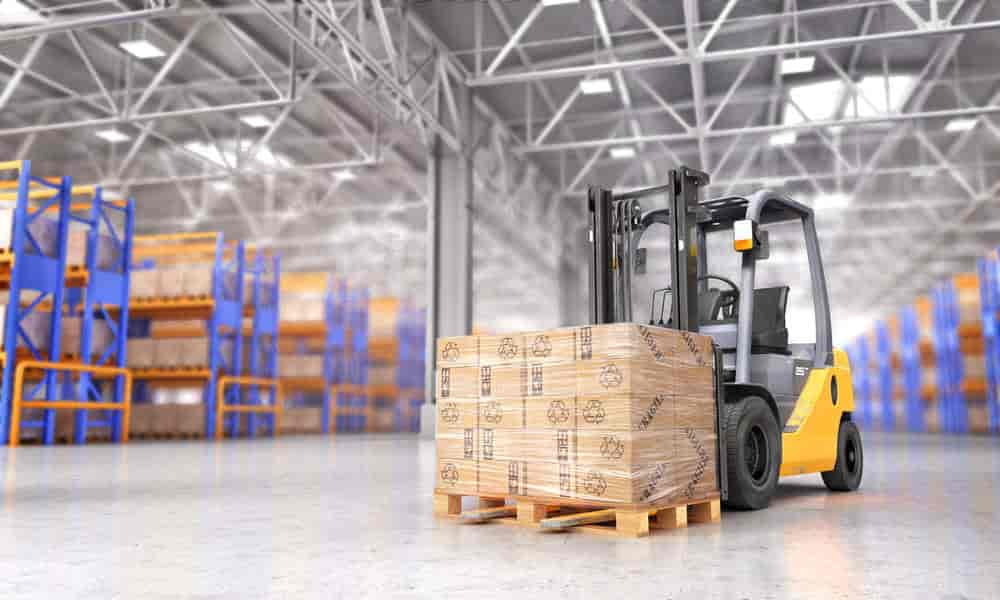


FMH Material Handling Solutions is a Commercial Equipment dealership with 3 locations: Albuquerque, NM, Denver, CO & El Paso, TX. We offer new and pre-owned Forklift Trucks, Pallet Jacks, Loading Dock Equipment, Shelving, and Pallet Racks from manufacturers such as Cascade, Caterpillar, Crown, Clark, Mitsubishi Forklift Trucks, and Doosan. Create An Optimized & Intelligent Operation. Our intelligent warehouse technology solutions, from telematics to automation to our new operator learning tool, the virtual reality simulator, are designed to help you run better and manage smarter, in all areas of your operations. At Forklift Management Specialists, We Offer New & Used Forklifts, Parts, Service & Tires, including Tire Pressing, For All Brands of Industrial Forklifts, Material Handling Equipment, & Attachments. We are a 'One-Stop' Shop for all things Forklift & Material Handling.

Forklift Solutions Murfreesboro
Grand-Est gross domestic product (GDP) in 2017 was 156.91b, accounting for 6.7% of the national GDP. The average annual growth rate since 2016 was 0.97%, which is quite lower than the national level: 1.74%. The GDP per capita expressed in purchasing power standard was €25,400 below the national average (French average: €31,500 in 2018) (Eurostat, 2020). Grand-Est is amongst the most industrialised regions of France except construction, but overall, the sector is in decline (-3.4% less employment on average per year between 2014 and 2018) (Eurostat, 2020). On the other hand, the borders with Germany, Luxembourg, Belgium and, Switzerland boost the service/trade sector and contribute importantly to the region’s growth and dynamism. Cross-border cooperation remains an important development issue for the partners in these three border areas. (Eurostat, 2020).
In terms of employment, in 2018, the active population was 2.47m people, accounting for 8.32% of the national workforce. Grand-Est has an unemployment rate very close to the national average (total unemployment rate: 8,0% vs. 8.5% at the national level). Unemployment is amongst the young is reducing over time: 28.6% of the 15-24-year olds were unemployed in 2015, versus 17.6% in 2019 (Eurostat, 2020).
The employment sectoral distribution is in line with the above analysis. The region is highly industrialised: 25.3% of the population is employed in industry (including construction) compared to 20.4% at the national level, in 2019. Nevertheless, the industrial sector is in decline with a loss of 3.4% of industrial employment between 2014 and 2018 (Eurostat, 2020). The economy is shifting towards the tertiary sector, in particular the Strasbourg, which is attracting more and more knowledge intensive services, in the field of ICT, Medtech and creative activities (design, digital, publishing, crafts) (Alsace, 2019).
The service sector has a lower share of people than the national average: 72.1% of the population worked in services, compared to 77% (Eurostat, 2020). Regarding agriculture, Grand Est has more jobs related to agriculture than the national level: 2.6% at the regional level and 2.5% at the national level.
The industry sector is characterised by a diversity of industries, the main sectors being agriculture & agrofood, biotechnology & health, chemistry, materials and transportation (Alsaéco, 2019). The diversity of the industrial fabric is reflected by the six competitiveness clusters that operate on the territory: health with Alsace Biovalley, car industry with Véhicule du Futur, materials with Pôle Fibre - Energivie and Pôle Materalia, Hydreos on water resource management, and IAR le Pôle de la Bioéconomie specialised in plant chemistry and industrial biotechnology.
The regional economy heavily relies on 10+ employee companies as of 2016 they represented 14.3% of all regional companies, compared to 13.4% at the national level. On the other hand, companies with less than 9 employees in the region represented 85.7% of the total number of companies, almost one percentage point lower than the national level (86.6%) (Eurostat, 2020)
